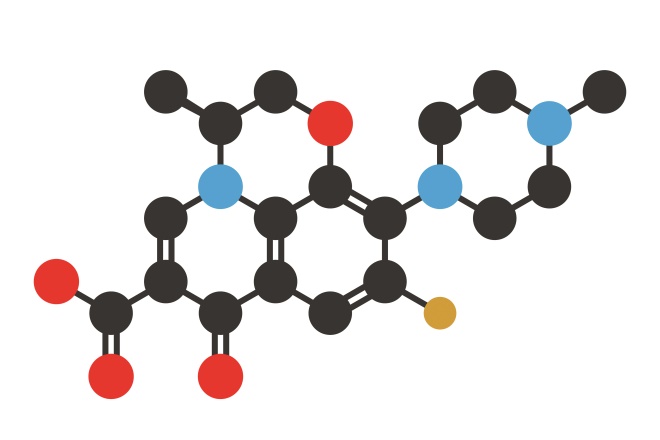Fluoroquinolone poisoning is caused by antibiotics, and can cause severe side effects such as nausea, diarrhea, vomiting, muscle pain, depression, and psychosis. Floxing is another term for this condition.
Fluoroquinolones are generally avoided when patients have experienced dangerous side effects with a fluoroquinolone or quinolone antibiotic before. Patients over 65, with kidney disease , or who’ve received an organ transplant should be given particular consideration.

Fluoroquinolones are the major component of antibiotics containing quinolones. These antibiotics are made up of a fluorine atom and are efficient against Gram negative as well as Gram positive bacteria.
Fluoroquinolones “kill bacteria by blocking enzymes that normally remove DNA from the cell during replication. They typically cut DNA’s doublehelix. They then pass another strand of DNA through the gap, and then repair the cut.
Quinolones are able to bind to enzymes, which prevents the enzymes from fixing their cuts. Researchers added fluorine atoms during the 1980s to enhance the structure of quinolones. This enabled antibiotics to enter tissues throughout the body including central nervous system. Additionally, it increased their effectiveness against a vast variety of bacterial infections.
Fluoroquinolones are of value for certain diseases that are life-threatening, for example in cases where other antibiotics are not sufficiently effective.
But, they are also over-used like many antibiotics. Many FDA warnings were issued to limit the use of fluoroquinolones. They have been linked with serious adverse reactions. Numerous label changes have been required and certain fluoroquinolones come with black-box warnings.
What antibiotics are referred to as fluoroquinolones
The medicines are Ciproofloxacin (Cipro) gemifloxacin (Factive), the levofloxacin (Levaquin), moxifloxacin (Avelox) norfloxacin (Noroxin) and ofloxacin (Floxin).
What is fluoroquinolone-related toxicity syndrome?
The signs and symptoms
Fluoroquinolone medicines have been linked to potential serious, long-term and permanently disabling side effects, which include the central nervous system, cardiovascular system, and musculoskeletal system. Ciprotoxicity symptoms can also include:
– Damage to mitochondrial DNA and mitochondrial dysfunction
– Brain fog
– Peripheral Neuropathy
– Blurry Vision
– DNA Damage
– Depression and anxiety because of Gaba, Gut Damage and the effects
– Tendonitis
– Muscle Atrophy
– Reflexes are more acute now.
Tendonitis, low back pain and tendon rupture are some of the initial signs of Ciprotoxicity. Fluoroquinolones can increase the risk for peripheral neuropathy by 47% over time.
Ciprofloxacin has been shown to alter the mitochondrial DNA topology as well as hinder normal maintenance and transcription. Tenocytes are damaged by mitochondria during fluoroquinolone treatment may be a factor in tendinitis as well as rupture of the tendon. This can cause an increase in fatigue and inflammation.
For more information, click how to heal from floxing